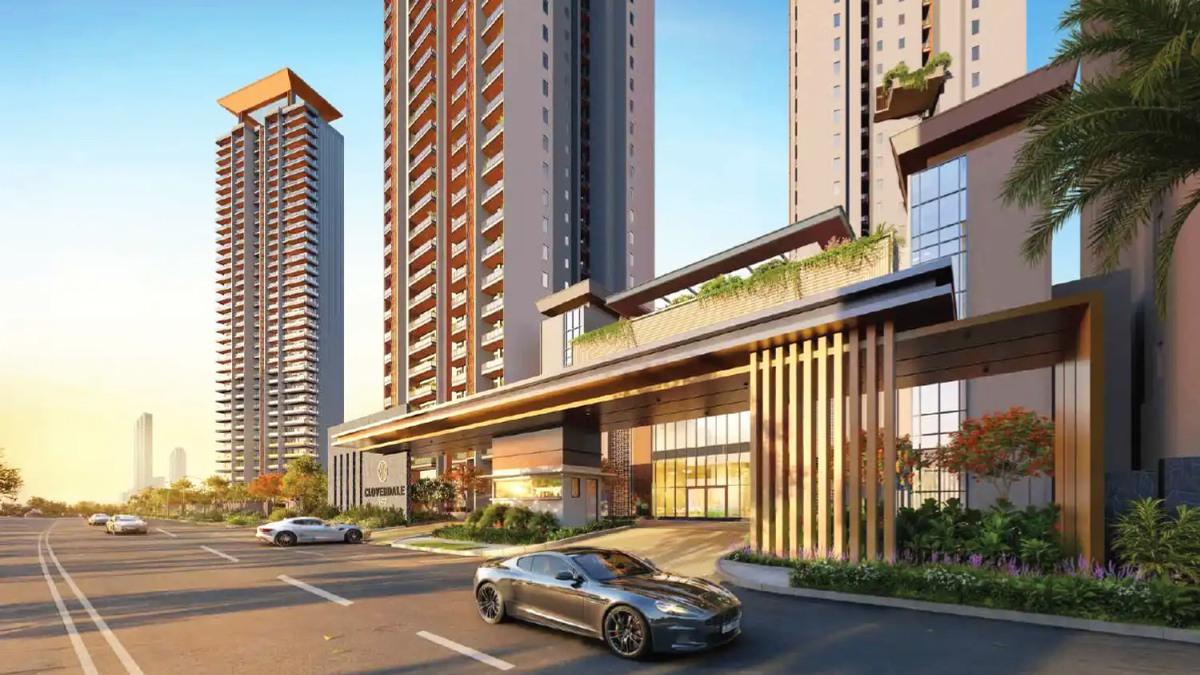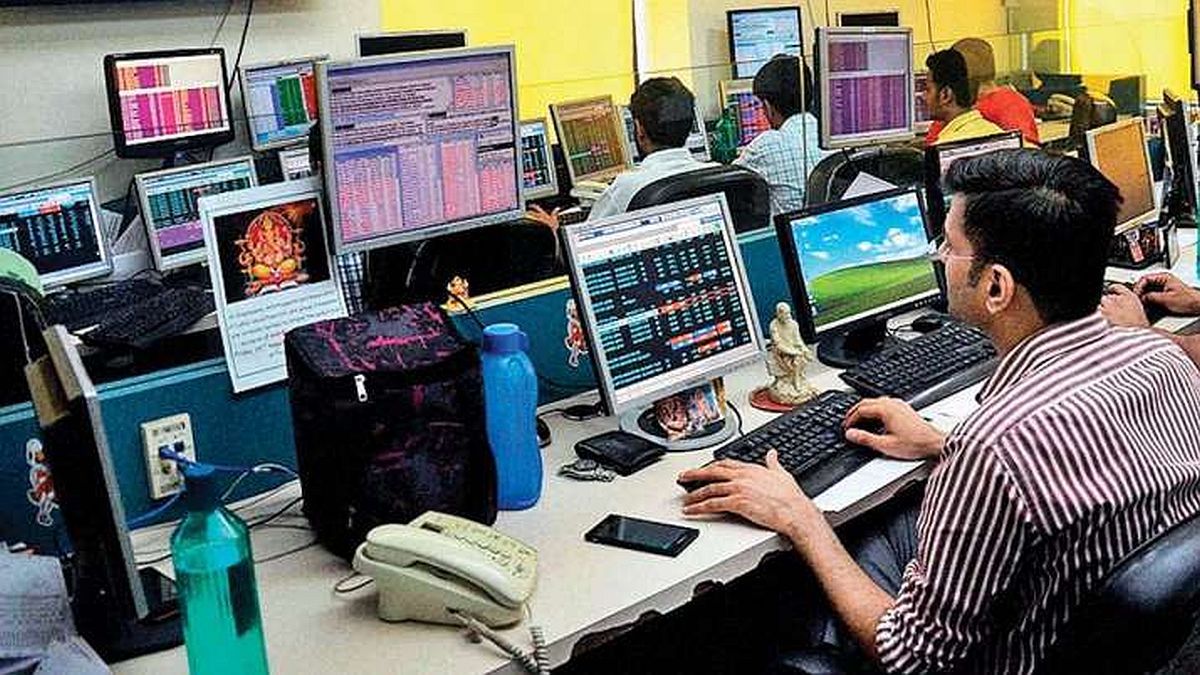Even if the Reserve Bank of India’s Monetary Policy Committee decided to hold interest rates in the October meeting, it acknowledged the scope for further rate cuts while waiting for the impact of the past steps to play out.

Photograph: Francis Mascarenhas/Reuters
All the members of the panel voted to keep the policy repo rate at 5.5 per cent while two members — Ram Singh and Nagesh Kumar — said the stance should be changed to “neutral”.
In the minutes of the meeting, released on Wednesday, Reserve Bank of India Governor Sanjay Malhotra noted even though growth was strong by current reckoning, its outlook was softer and was expected to be below aspirations.
He said the benign outlook for the headline and core-inflation rates as a result of the downward revision of projections opened up the policy space to further support growth.
“… even though there is policy space to further cut the policy rate, I feel this is not the opportune time for the same as it will not have the desirable impact,” he said.
“The intent of policy, nevertheless, is to continue to facilitate growth-enabling conditions,” Malhotra added.
Deputy Governor Poonam Gupta also acknowledged that slower expected growth in the second half this financial year, along with the inflation rate, had “potentially” opened up some space for lowering the policy rates further.
However, she said voting for a rate cut was difficult now because previous policy measures were still at work.
“Despite some space that has possibly opened up, given the forward-looking growth-inflation dynamics, I feel changing the stance to ‘accommodative’ is not required as the ‘neutral stance’ does not prevent us from reducing the repo rate when warranted,” Gupta argued.
Indranil Bhattacharyya, another internal member in his first review meeting, said the sharp moderation in inflation had opened up the policy space for further rate easing.
Justifying a pause, he said “given no market expectation of a rate cut, any rate reduction would surprise the market, which is detrimental in terms of policy credibility over the medium term”.
External Member Ram Singh said an accommodative stance gave the RBI the flexibility to delay or hold back further cuts if there were unexpected developments in food prices or on the external front while emphasising prolonging the rate-cut cycle.
“The available scope for rates can be leveraged to sustain the growth momentum for a longer period by extending the easing cycle.
“A change in stance to accommodative increases the odds of a rate cut in this easing cycle,” Singh said.
Similarly, Nagesh Kumar, who was in favour of a stance change to “accommodative”, said: “We may like to signal the readiness of monetary policy to support the industry, investments and growth by changing the stance from neutral to accommodative.”
Kumar indicated a rate cut in the next policy review meeting in December could be on the table.
“The benign inflation outlook opens up policy space for monetary action.
“However, we may wish to wait and watch as the transmission of the existing actions is still unfolding and to see how the trade policy uncertainties play out before considering a rate cut at the December Meeting of the MPC,” Kumar said.
Saugata Bhattacharya, the only external member to vote for a pause and argued for a “neutral” stance, said a moderation in the inflation rate was not a compelling reason to cut the policy rate.
“The Monetary Policy Report forecasts an average FY27 inflation of 4.5 per cent, with Q1 and Q2 FY27 also at 4.5 per cent and Q3 at 5.1 per cent.
“This is assuming a normal monsoon and no exogenous shocks. In addition, real GDP growth in FY27 is projected at a robust 6.6 per cent, following a forecast 6.8 per cent in FY26,” Bhattacharya said.
He also said the cumulative effects of the multiple, mutually reinforcing, policy stimulus measures — fiscal, monetary, financial and banking, trade, investment, regulations, etc. — needed to be monitored.
The next meeting of the MPC is scheduled for December 3-5.




